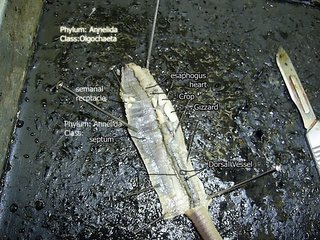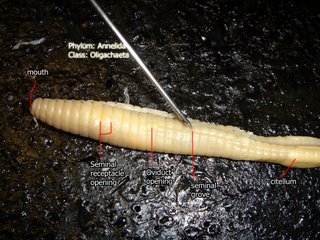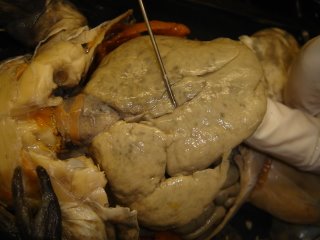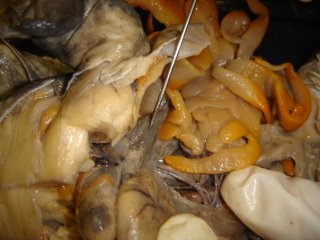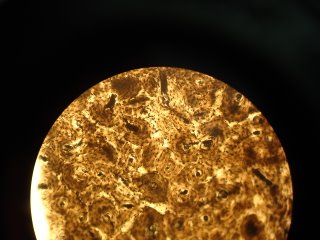About the site
This material is to assist you with studying for lab. The BEST way to study is to use this as a supplement when you are away from the lab. To do well, you need to also be able to identify these things (slides, display, dissections) on the exam. That means that it is IMPORTANT that you complete all of the dissections, and go into the lab as much as possible so that you can identify the materials when they are not on a computer screen.
GOOD LUCK!!
GOOD LUCK!!
